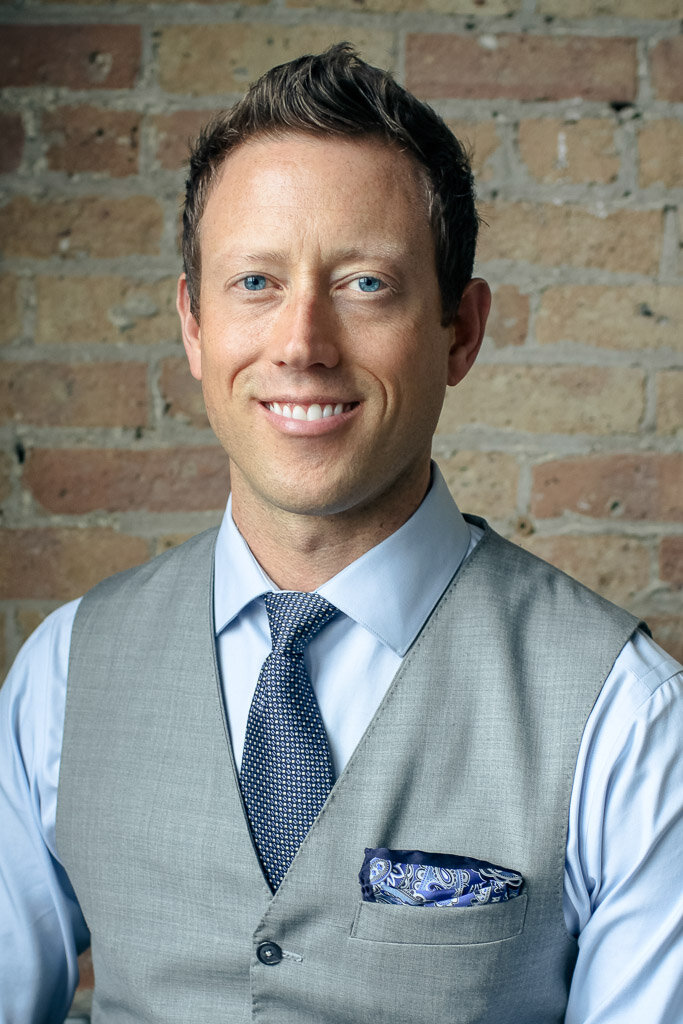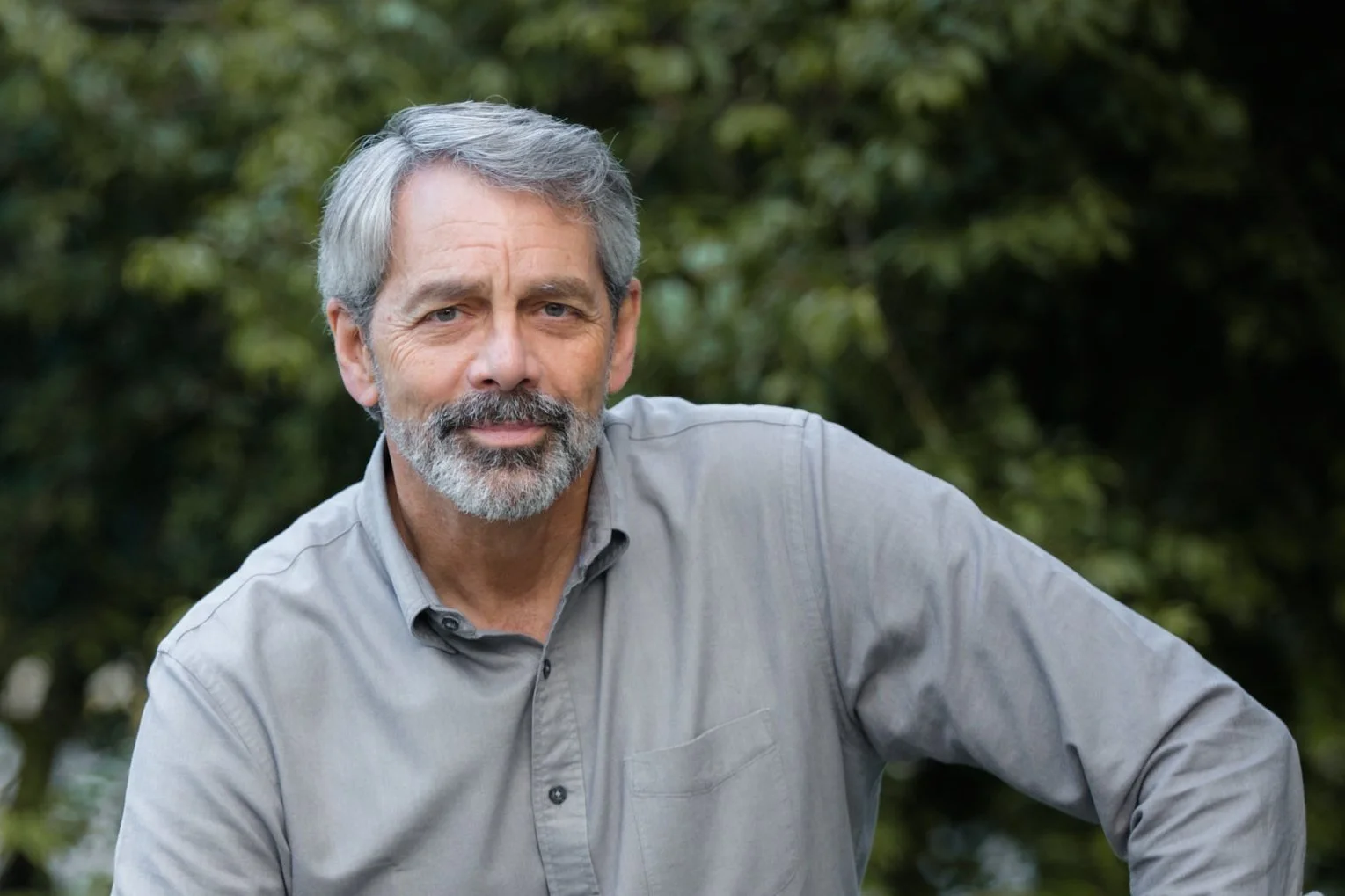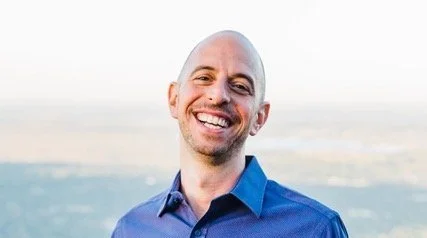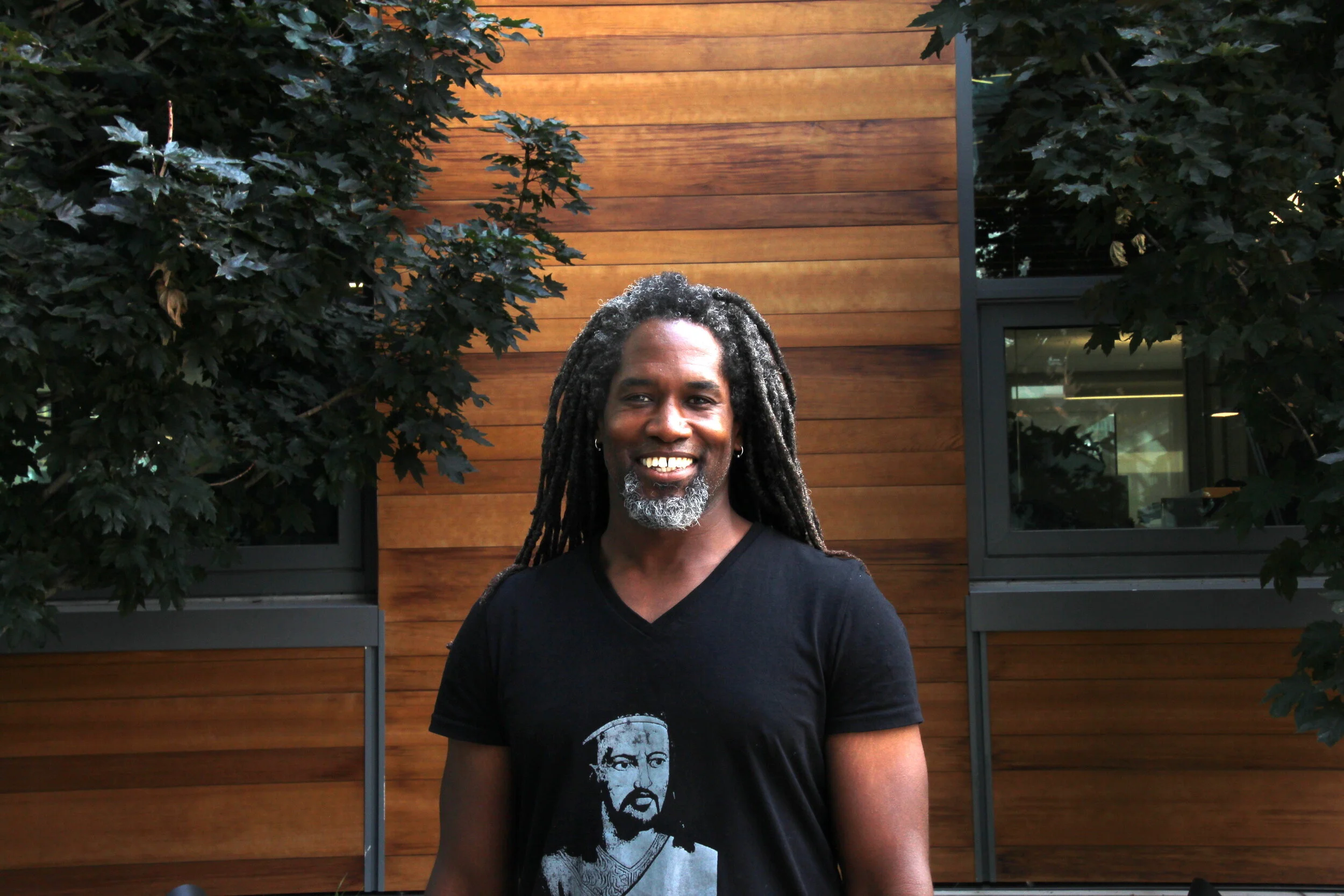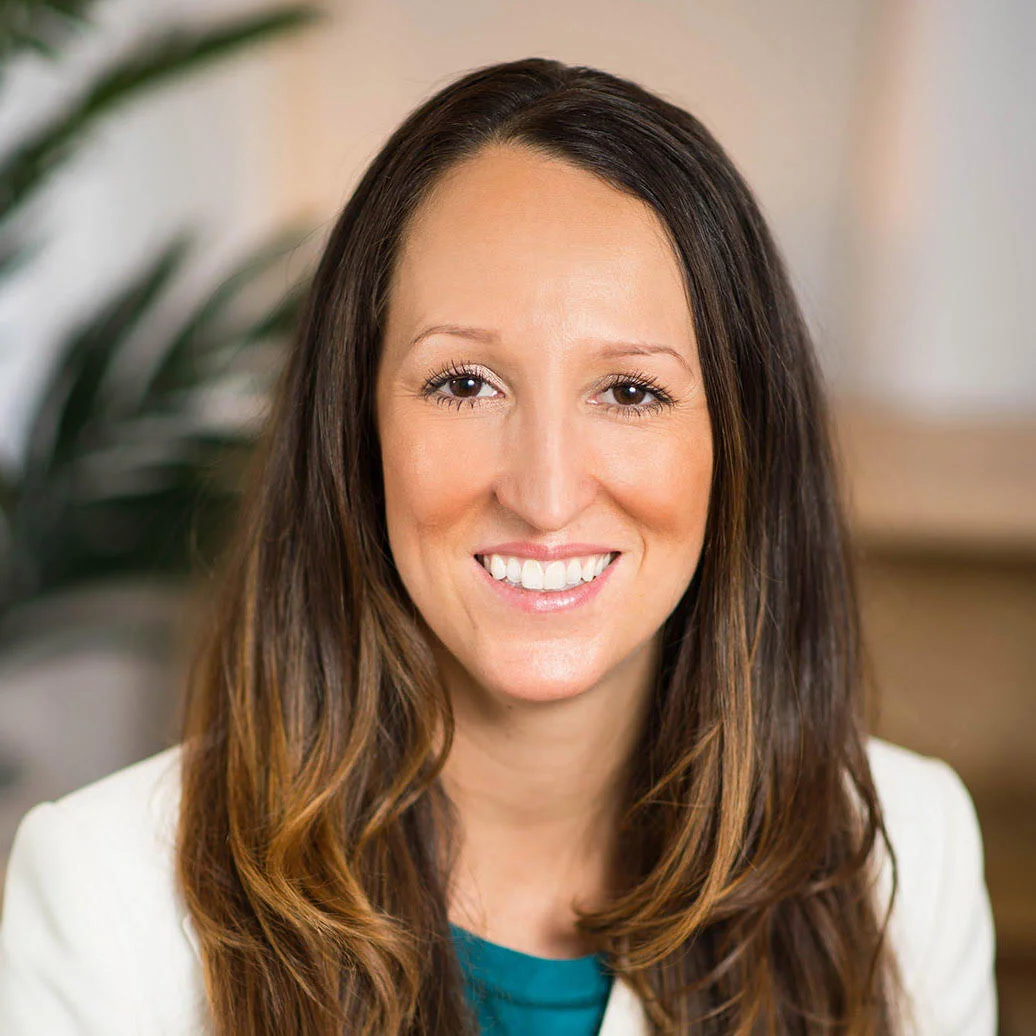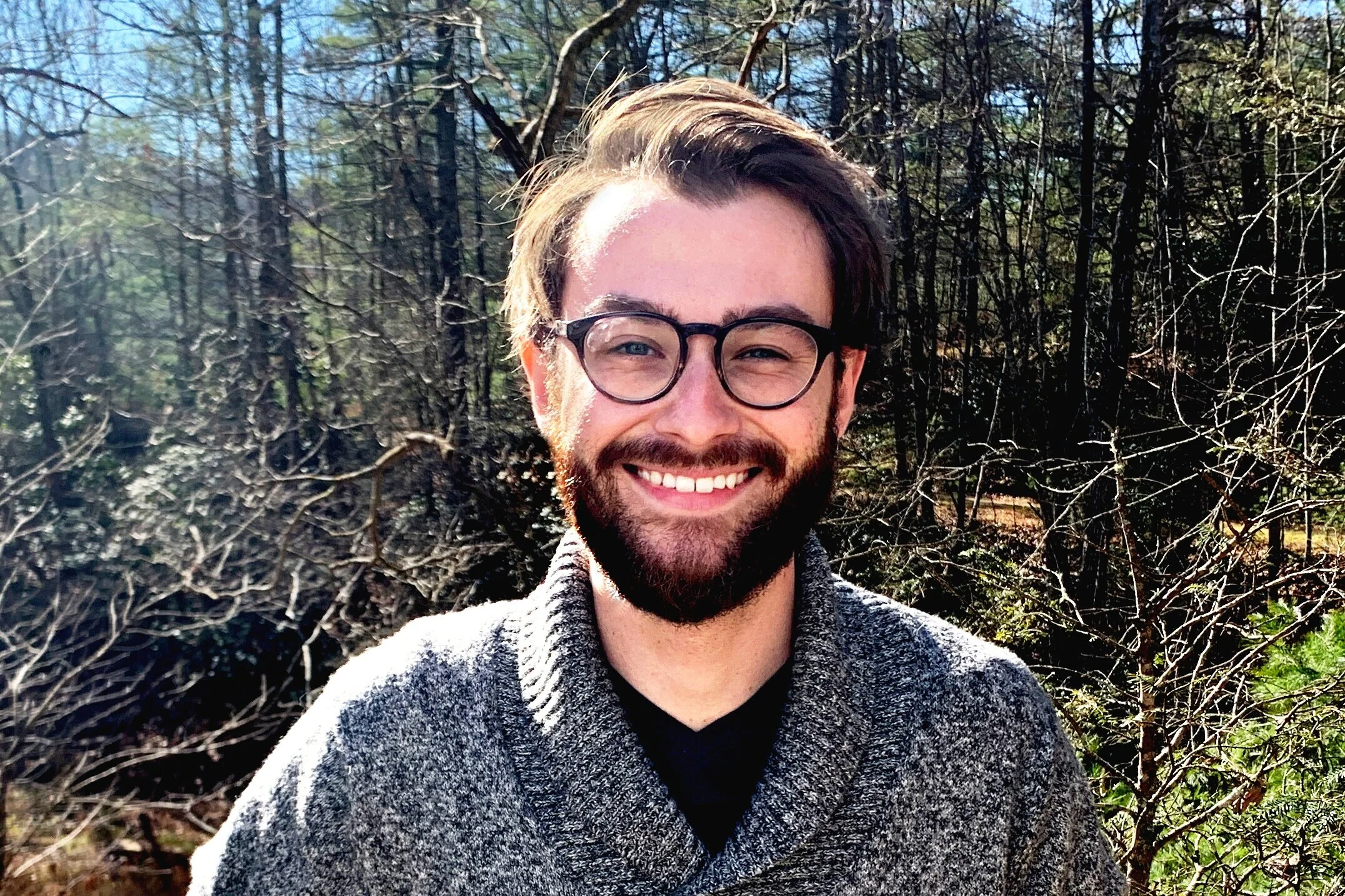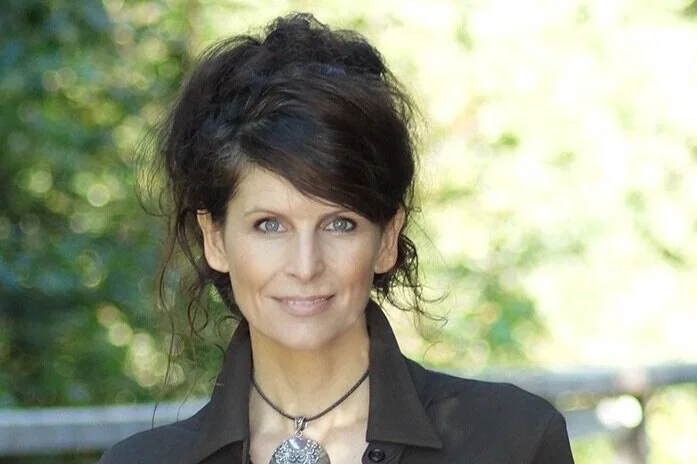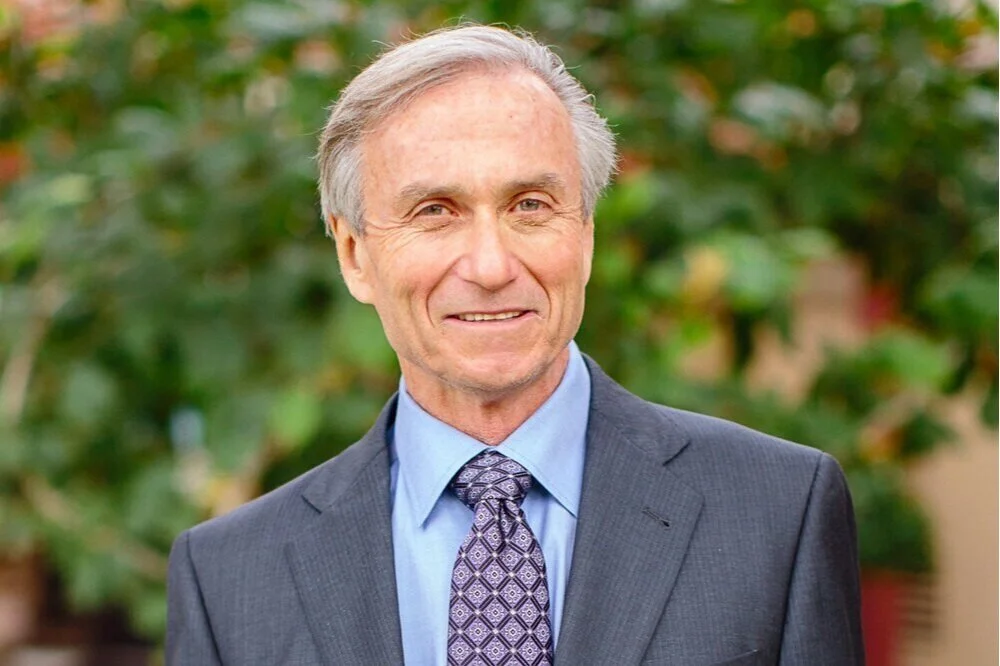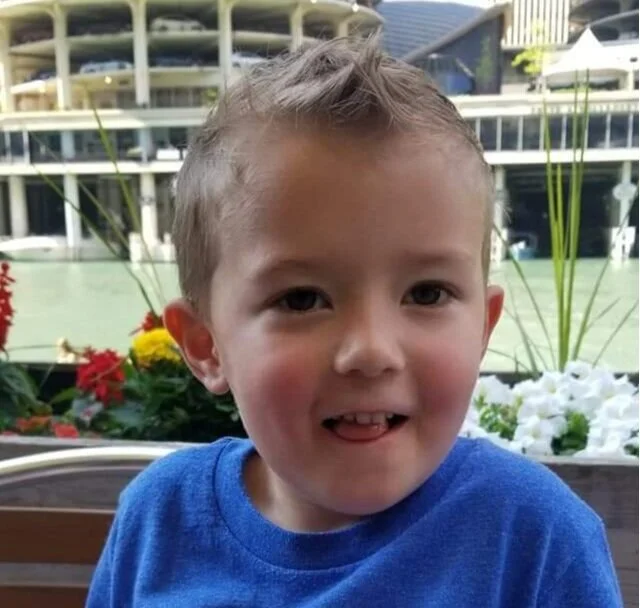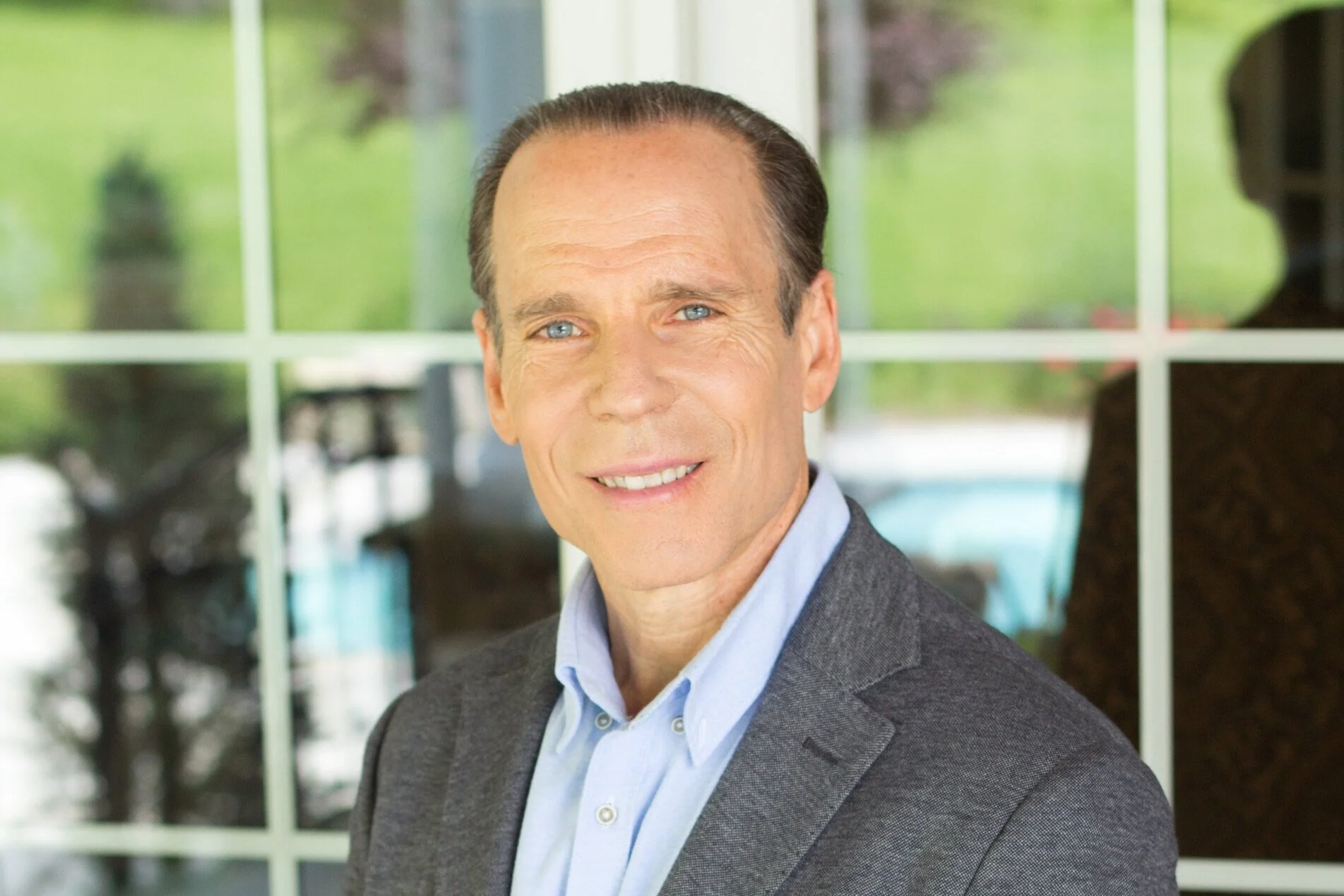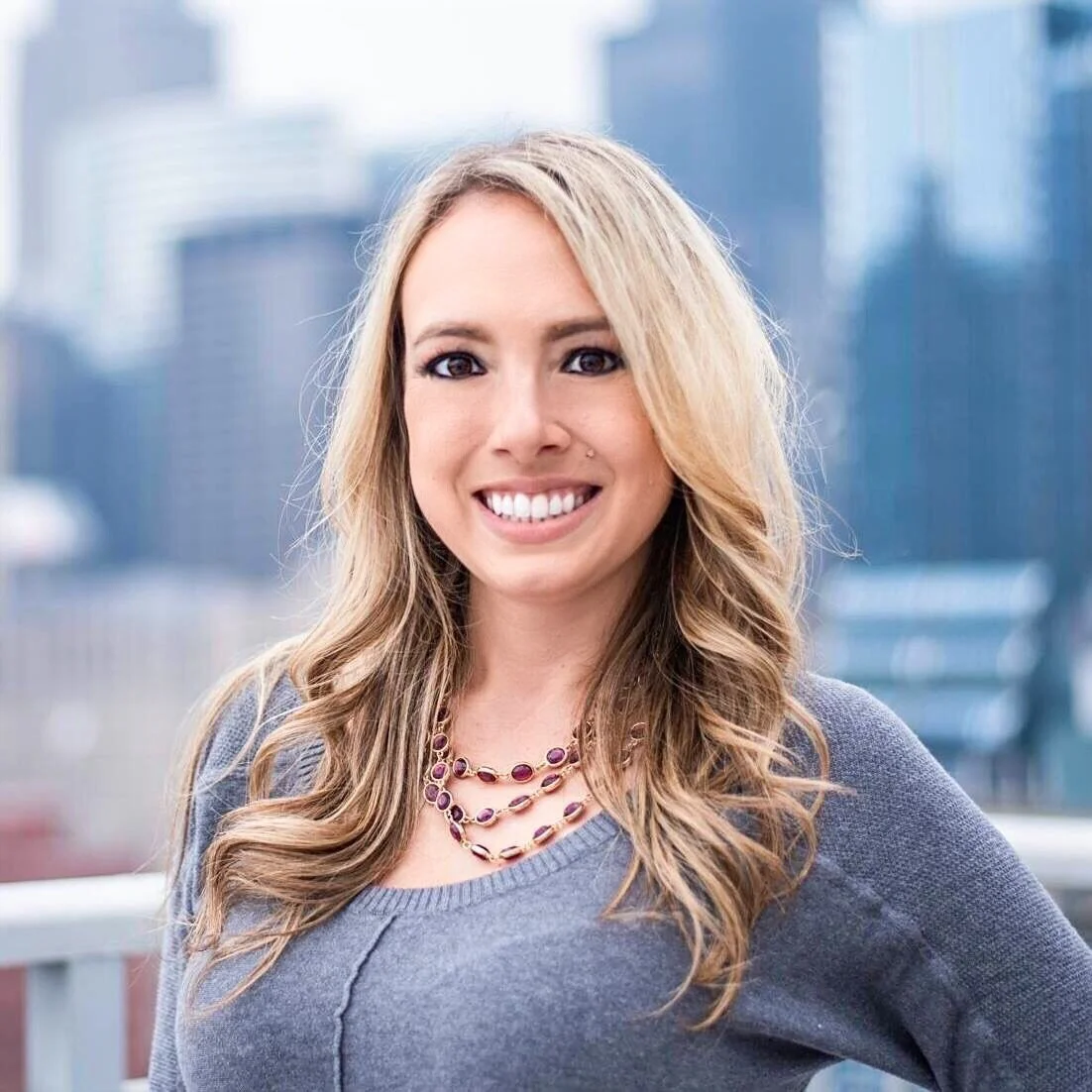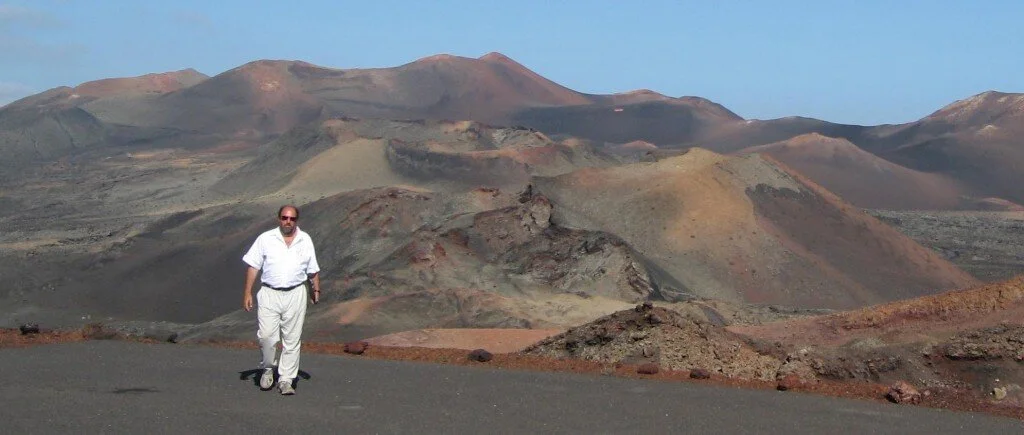Colorado Regenerative Agriculture: A Roadmap for Sustainable Farm Tours and Soil Health
ABSTRACT
Explore how Colorado regenerative agriculture can thrive through farm tours, watershed-based collaboration, and soil health initiatives. This actionable plan highlights equitable food systems, climate-smart strategies, and sustainable agriculture partnerships to shape a resilient future. Discover how agritourism in Colorado, strategic policymaking, and community-driven alliances can transform resilient land stewardship and foster a thriving agricultural ecosystem.
Keywords
Colorado regenerative agriculture
Colorado farm tours
Watershed-based collaboration
Sustainable agriculture plan
Soil health initiatives
Agritourism in Colorado
Equitable food systems
Climate-resilient farming
Political geography of agriculture
Resilient land stewardship
Introduction
When approaching any large project, we must consider every angle within reach, leaving little unexamined. Analogous to most aspects of life, the state of agriculture in Colorado is a complex, woven system affected by political, social, and physical influences (a lesson in political geography under our feet). It begs a process of identifying signals, creating hypotheses, researching every known affecting or contributing factor (and looking for the unknowns), reassessing original assumptions, adapting the original hypothesis, and testing. It is time-consuming but necessary to shape the most unbiased perspective and clear path.
Approaching a regenerative future is no different and requires a new awareness of the current state of being. While eager to quickly build and move forward with a new sustainable plan, identifying the known contributions of Colorado organizations, alliances, guilds, and coops, creating new communication threads, and identifying constituents' needs is essential for success. Specifically, connection in the ten watersheds may paint an inclusive picture of their unique needs. From estimating budgets to determining the ideal regenerative farms on the tours, this approach will comprehensively serve our vision. The key is a thorough, adaptable strategic plan. Under such a plan, we can reshape agriculture in this state, minimize the deleterious effects of climate change, indirectly minimize the burden on our healthcare system, build equitable food systems, improve our health, protect our environment, and develop resilient land (soil).
A Vision
While agritourism is the primary objective, it is also the conduit to developing stable agriculture ecosystems in the ten watersheds and their various conservation districts. We can build strategic relationships between policymakers, universities, the CDA, future producers, guilds and alliances, media, and influencers from other agricultural regions. Meanwhile, we can identify the gaps and voids in each ecosystem and strategically strengthen their foundations and voices to build a unified wave of new resilient agriculture policy (with equity in mind). Focusing on soil health could be the theme that steers agriculture players from all realms into a regenerative future and brings a new awareness of environmentally responsible land practice and stewardship. No doubt, dedication to these tours throughout the state could provide a unified regenerative front for a new future of agriculture in Colorado.
Summary Outline of Proposal
Overall, we need to create an umbrella structure that supports a 3-4 year effort of Farm Tours in each of the watersheds (or regions, to be determined after research). The time can be shortened or lengthened based on funding and effort. Based on the cycles of agriculture, the ideal period for tours appears to be fall, and it's still being determined how many tours our group can plan without more investment. Here are recommendations to consider
Structure for the Farm Tours Initiative
A. PSA/Marketing
1. Themes
While the research of the various ecosystems should be reflected in all efforts, the mission of the CDA (preparing future farmers and fostering responsible stewardship of the environment), Alliance Center (advancing regenerative agriculture practices and soil health initiatives), and Max Neumeyer's soil health efforts under Mad Agriculture may be the best and most prevailing drives. Publicly sharing the unique characteristics of the state's various regions will certainly support these messages.
2. Farm Tours Website
A website will serve as the introduction to the Farm Tours in each of the watersheds and the defining characteristics of each area. This information will be based on the research of the following factors (more to be found with additional research):
Conservation Districts, Watersheds, Defining Characteristics, Soil Health Effect on Ecosystem/Local Economy, County, State Representative, State Senator, County Commissioner, Local Agriculture Policy, Number of Farms, Number of Research Farms, Local Universities, Local Research, Local Grants, CDPHE Geographic Region, CDPHE Geographic Region Characteristics, CNHP Classification Guide to the Ecological Systems, CNHP Classification Guide to the Ecological Systems Characteristics, number of Farms, number of Regenerative Farms, Average Age of Farms, Local Incentives and Credits, Communication Tools, Voting Behavior, Annual Precipitation, Subsidies Awarded by County, Specific Needs by County
While we have chosen the ten watersheds and their conservation districts as our primary focus (with soil health in mind), the completion of the research should steer what messages are most important on the Farm Tours website in each watershed and the themes on the tours. The factors that steer each region the most, like the ones mentioned above, are yet to be determined and could be unique depending on the locale. Considering that each watershed has an agricultural ecosystem, we need to honor that complexity and be mindful of contributing factors (and perhaps the ones unknown at this point in research). Once we finish the research, we can work with universities in each area to refine the information and help curate the content on the website's individual pages. This relationship could be the conduit to bring the universities on as stakeholders while endorsing their efforts and expertise. We can also share the many educational tools offered by organizations such as HMI on these pages.
3. Starting the PSA/Marketing Plan
We need to research and understand the appropriate message for the CDA, Alliance Center, and Mad Agriculture and intertwine it with specific messaging for each of the watersheds' unique needs and interests. We may consider marketing the small farm tour efforts like those proposed by the Gunnison Valley Producer's Guild as ongoing or lead-in events to the Alliance Center Farm Tours. Another consideration is a marketing partnership with the OpenTEAM, Regen1, and Hylo teams if we endorse their joint social platform, Hylo.
B. Politics
1. Policymakers
We'll need strategic political efforts to reinforce and strengthen the regenerative agriculture system while connecting to the conventional farming sphere. We can connect policymakers who sponsored specific environmental, agriculture, and soil health bills to watershed area organizations, alliances, and more in their respective counties and districts. You can find key bills and their lawmaker sponsors (with contact information) in my research. These sponsors could be stakeholders for specific tours depending on the area they represent.
2. Local Policy and Politics
Also, identifying current agriculture subsidies in each region and developing a strategy to steer more of that funding to regenerative practices should be a consideration. Shedding light on the practitioner and regional needs may steer who shares a van with whom on each tour track. Also, voting behaviors and regional politics might steer our messaging for each tour.
c. Social Cohesion
1. Social Platform
I endorse connecting to the Hylo social platform instead of creating a new regenerative network database. The Farm Tours website can be the introduction and conduit to their platform. The Hylo team collaborates with OpenTEAM and Regen1 for an advanced version of the Hylo platform. I'm a member of their platforms and other agriculture networks like BFN and AgFuse. No doubt Hylo stands in front (hence OpenTEAM's and Regen1's willingness to collaborate on their creation).
Hylo has an extensive research and design process dedicated to building a blockchain system, prioritizing its practitioners' needs and privacy, and decentralizing parts of the agriculture sector. It allows the building of groups and serves as a forum for governance, agriculture credits, education, social sharing, and resource sharing. It lacks an important aspect, though: social nudging. While some practitioners may take steps to organize groups based on specific topics, only some will. I believe we shouldn’t only nudge Hylo and their collaborators to include local hubs, particularly to local Colorado communities and interests, on their platform and invite them as stakeholders. We can also steer this creation of local hubs/groups with the watershed organizations we discover, create, or work with (especially within the TransitionUS platform). We can also encourage education partners to collaborate with Hylo to present their courses and update them on this platform as needed. With this intent, we can save a lot of investment while serving our mission. The official release in the middle of 2023 is based on their published timeline.
2. Producer's Guilds
I endorse the creation of a producer guild template for each of the ten watersheds (or help existing organizations build a similar structure). While eager to develop and move forward with a specific structure, first, I believe we need to know all of the organizations, alliances, guilds, and coops who are or aren't carrying this torch already and learn about their specific experiences communicating and organizing their members and meeting their needs. At the beginning of this process, we must contact multiple organizations in each watershed to paint a complete picture of their unique needs. Much research is necessary before building the structure (although it may be advantageous to learn about an existing structure for reference).
Farm Tour Design
My wife and I typically sign up for bike and food tours in every European city we travel to. A few years ago, we began the foundation of a food tour business plan for Rome, Italy. From our experiences, the best tours connected us to the history, politics, economics, social norms, and environment of the places we visited. We can bring agritourism in Colorado to that level as well. I believe the following factors will make the tours a sustainable success in each watershed:
A. Identifying Ten Regions and Choosing the Farms
Based on the research above, we should first map the state into ten distinct areas. While the watersheds and conservation districts offer guidance, they may not encompass each region's unifying needs or characteristics. Some areas will bleed into others for various reasons, and we probably can't ignore the reasons why. Once the lines are drawn, it's essential to identify the regenerative practitioners and understand their relationship with local organizations and lawmakers. These relationships could steer who we choose for the tours. Connections within our network will undoubtedly fill the gaps. We should steer the first farm tour event in each region and then hand over the keys (e.g., template, alliances, etc.) for area organizations to carry the torch moving forward. While organizations like the Gunnison Valley Producer's Guild may and, hopefully, will play instrumental roles in the Farm Tour efforts, I believe they should only lead them if they are aligned with the mission and vision.
B. Determining the Tracks
Strategically partnering policymakers, media, influencers, organizational leaders, local and regional practitioners, and agriculture students have been discussed. The Gunnison Valley Producers Guild recently mentioned its interest in connecting with more consumers. While I don't believe consumers are the whole of the mission, a track with paying consumers allows us to give a sizeable and memorable gift to each farm. Either way, the chosen participants should be tied explicitly to an intent related to policy advocacy, an alliance between different organizations, funding possibilities for producers, etc. We recommend inviting a speaker for each van ride and allowing educated guides to steer the tours on the farms.
If you’re looking for a personal trainer who can curate a sustainable (and adaptable) routine based on your needs and wants, Michael is the experienced practitioner you’ve been looking for. Try personal training for a month…your body will thank you!
ABOUT THE AUTHOR: MICHAEL MOODY, PERSONAL TRAINER
As an author, a personal trainer in Denver, and podcast host, Michael Moody has helped personal training clients achieve new fitness heights and incredible weight loss transformations since 2005. He also produces the wellness podcast "The Elements of Being" and has been featured on NBC, WGN Radio, and PBS.
Michael offers personal training to Denver residents who want to meet at the 2460 W 26th Ave studio….or in their homes throughout LoHi (80206), LoDo (80202), RiNo (80216), Washington Park (80209), Cherry Creek (80206, 80209, 80243, 80246, 80231), and Highlands (80202, 80211, 80212). Michael also offers experiences with a personal trainer in Jefferson Park (80211) and Sloan's Lake (80204, 80212).
EPISODE #10 - EAT FOR LIFE, WEIGHT LOSS, AND AN OPTIMAL IMMUNE SYSTEM WITH BEST SELLING AUTHOR DR. FUHRMAN
On “The Elements of Being” podcast, Michael dissects and explores the minds and habits of psychologists, filmmakers, writers, and industry icons. Essentially, you learn what makes them flip the switch to achieve incredible feats, goals, and milestones…and a chance to geek out over the psychology behind human behavior. In this episode, Michael interviews Dr. Joel Fuhrman, an internationally recognized nutrition and natural healing expert and author of seven New York Times bestsellers, including his most recent book, Eat for Life. His other bestsellers include Eat to Live and The End of Dieting (which Michael gives to all of his clients).
Read more and listen here… You can also listen to all episodes on Apple, Spotify, Overcast, Castbox, Stitcher, or your favorite podcast platform!




